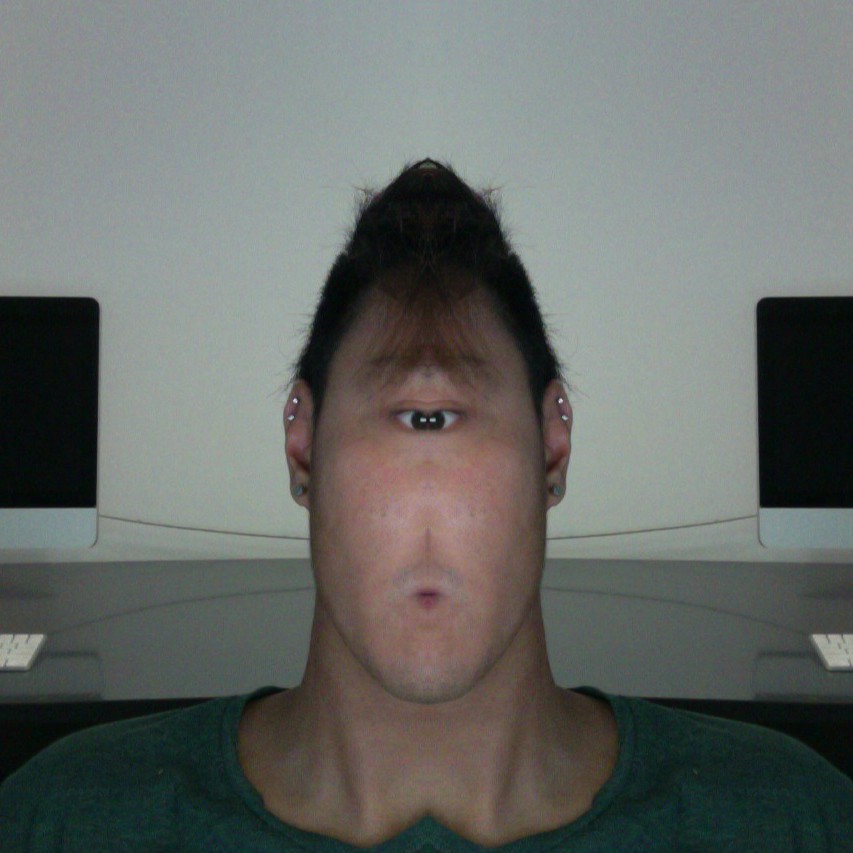In Staver’s paintings, he combined various techniques to draw the viewer’s attention to certain subjects and takes you on a visual excursion through the painting and in a sense he is giving you puzzle pieces in chronological order to allow the viewer to make sense of the scene depicted within the painting. He uses colours to emphasize light which immediately draws the viewers to a certain area of the painting and contrasts that with dark, bold colours which allows the subjects ot be defined.

Kyle Staver, Prometheus, Oil on Canvas
In this painting, my eyes are drawn to the cool colours of the sky and there is a stark contrast as he juxtaposed an almost black figure of the eagle and that sillouette is easily identified as an eagle in motion. With the motion depicted downwards, the eyes are then drawn to the nude figure perched on a rock. What is interesting to me in this painting was that the background and foreground are mostly sillouettes with not much detail but we are able to make out the idea of depth and space and even that the scene is taking place outdoors. The use of light and shadow juxtaposed with the harsh, dark lines not only creates a three dimensional space but also guides the eyes from point to point in the painting, creating a narrative.

Kyle Staver, Leda, 2015. Oil on canvas
Once again, Staver creates emphasis on the swan with the contrasting light colours to suggest a light source and defines the sillouette of the swan. Our eyes are then guided around the painting which creates a context of the figures being within nature. Again, I noticed that he uses a lot of cool, natural colours to depict nature and the figures being nude also give a natural, almost liberating feel to the painting. Our eyes are then guided to the sleeping lady in the background and then down again to the cool blue mat. In this painting our eyes move in a top-down motion.
Kyle Staver, Adam and Eve and the Goats, 2016, oil
Once again, Staver uses cool natural colours and light colours to highlight a light source, drawing the eyes to the central opening of a dense forest.The eyes are then drawn to the sillouette of the female nude in the foreground, then to the tree and the apples. The eyes then move down to the animals and then right to ‘Adam’. In this painting, I felt that the eyes moved in a circular motion with the male figure on the right being the last to be seen.






